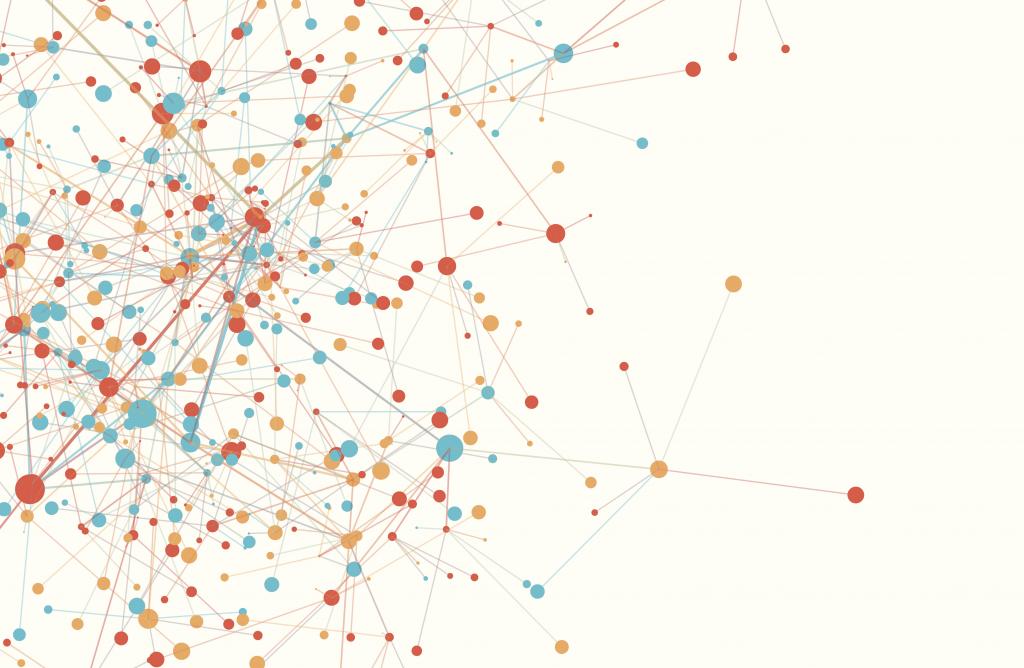In a recent article published in Energy Economics, Joëlle Noailly and Jules-Daniel Wurlod analyse the impact of green innovation on energy intensity in a set of 14 industrial sectors in 17 OECD countries over the 1975–2005 period. They find that green innovation has contributed to the decline in energy intensity in the majority of sectors. More details with Joëlle Noailly, Head of Research at the Institute’s Centre for International Environmental Studies and Lecturer in International Economics.
What was the motivation for writing this paper? Can you give us some background?
The literature on general equilibrium models to evaluate climate policy scenarios often assumes that new technologies lead to important reductions in the demand for energy. However, the empirical evidence linking an increased activity in R&D to a reduction in energy consumption is rather scant. We use green patenting as a proxy for green innovation to measure this impact empirically. David Popp (2001) has done some work in this area, using American data from the 1990s, and we wanted to update this work for a larger set of OECD countries and a more recent time period, especially since green technologies have developed fast over the last 10 years. We were also profiting from new, improved concordance tables based on matching algorithms that link patents to their specific sectors of use.
Additionally, the analysis was initially a specific request from the Swiss Federal Office of Energy to measure the impact of technology on the energy intensity of industrial sectors in Switzerland. Our findings that both green R&D and high energy prices actually contribute to reduce energy use could be used as an argument to push for R&D policy and energy taxation in the Swiss Energy Strategy 2050 voted last year.
What are your main findings?
Our results are very similar to Popp (2001) in so far as we find that the overall impact of green technology on the energy use in a specific industry is relatively small. A 1% increase in green patenting decreases the energy use in the next period by 0.03%. At the same time, input substitution matters, as a 1% increase in the price of energy leads to a decrease of energy demand in the next period by 0.530%. Popp (2001) found that technology is responsible for about one-third of the reduction in energy intensity and input substitution is responsible for the remaining two-thirds. We find that these numbers are more closely to 50% each; however, we are using a different data set and time period than Popp (2001), so differences are expected. Technology matters, and yet green patenting is only responsible for about 20% of the decrease due to technology, which is a rather small, but significant part. The remaining 80% are due to autonomous technical change such as digitalisation.
What are the policy implications of your findings?
The findings that green innovation does have an effect on energy intensity suggest that pushing policies to invest more into green technology is useful, even if green innovation only accounts for 20% of the effect of technology. Governments should therefore not only support general R&D due to the effect of autonomous technical change, but also R&D in green innovation in particular. Input substitution as a reaction to energy price changes shows that taxing energy, such as putting a price on carbon emissions, will lead to less energy use in certain industries.
* * * * *
Full citation of the article:
Wurlod, Jules-Daniel, and Joëlle Noailly. “The Impact of Green Innovation on Energy Intensity: An Empirical Analysis for 14 Industrial Sectors in OECD Countries.” Energy Economics 71 (March 2018): 41–67. doi:10.1016/j.eneco.2017.12.012.
Interview by Nadia Myohl, Master student in International Economics.


